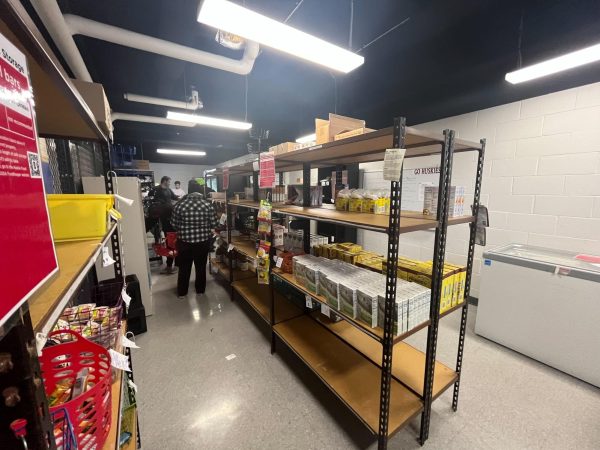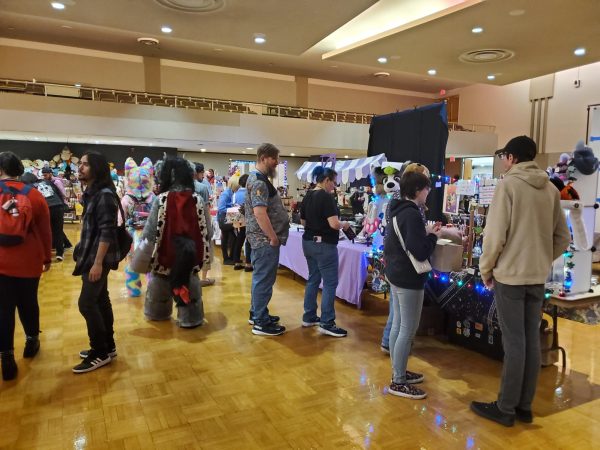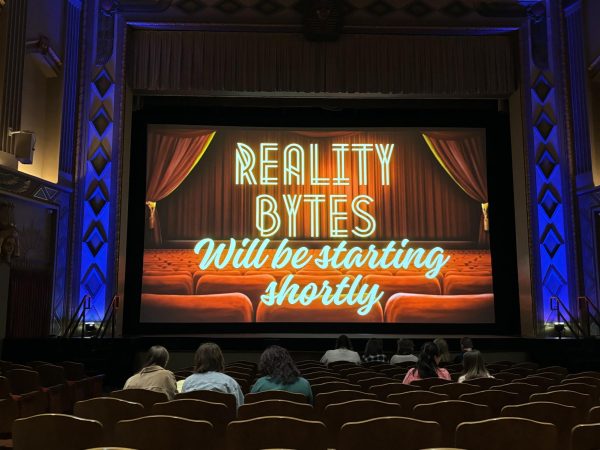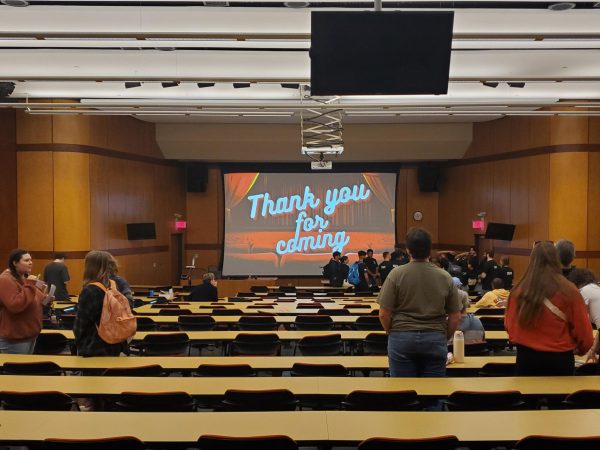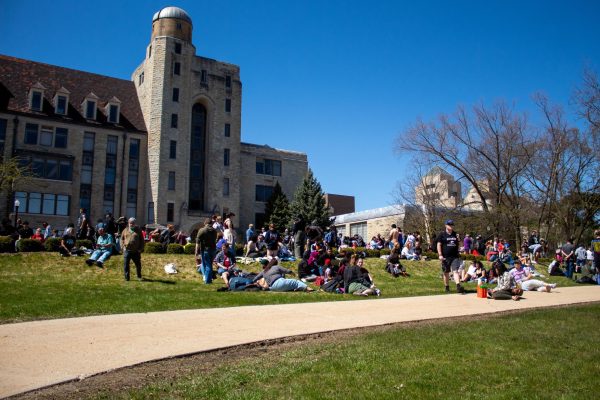Professor discovers, names species
September 21, 2005
A photograph of Virginia Naples holding a baby lion graces her desk in Montgomery Hall, Room 422. Although she admits lion snuggling isn’t a common occurrence, she has made a career out of a life-long fascination with animals.
“As far back into my childhood as I can remember, I loved animals and the physical and natural sciences,” Naples said. “When I was a small child, I was taken to see the exhibits at the American Museum of Natural History … I remember that I had to be dragged away from the exhibits after a long time staring at them and being totally absorbed.”
Naples’ love of animals lead her to a life of research and teaching, conducting her own research with big cats, sloths, anteaters, hippos, black-footed ferrets and spectacle bears. She has also done work with birds and dinosaurs. Though these animals are not closely related to one another, the common factor is very little is known about them.
Naples is one of a rather small group of researchers considered comparative anatomists (one who studies and compares the anatomies of different species to decipher likes and differences). Lately, much of her work has been done at the Osteoprep Lab at the Smithsonian Institute, where she is a research associate.
“[My work] often involves dissecting large specimens,” Naples said. “Because of my association with the Smithsonian, I often can study animals that died at the National Zoo.”
While Naples does a lot of her research by dissecting species post-mortem, she often observes living species in order to gain a better understanding of the anatomy. Her observations also help her better analyze how the extinct species moved and carried themselves.
“I want to make movies of what the animals are doing, how they walk, run, climb up and down hills, get up and lie down and perform other movements because those can help me interpret what roles each muscle or muscle group performs in such an activity, and therefore learn better how they use their bodies,” Naples said. “I can then apply that kind of knowledge to restoring the appearance and function of extinct species for which we have no living counterparts.”
Naples’ research has taken her all over the world. Much of her traveling takes her to museums; she has also done considerable work in the field viewing species interacting with the environment and, on occasion, working with fossils.
While researching fossils in a museum, Naples and two other colleagues discovered and named a species of saber-tooth cat. The researchers had been looking at the two specimens, which had been left unstudied for almost 20 years, when they realized the fossils were unlike anything they had seen in other saber-tooth cats.
“Xenosmilus is a new saber-tooth cat I helped describe with several colleagues,” Naples said. “This animal is a different kind of saber-tooth cat … so it has been very interesting to figure out how it lived, what it ate and how it caught prey.”
While Naples’ heart is in her study of animal anatomy, she teaches a wide variety of subjects. Currently she teaches BIOS 447, Comparative Vertebrate Anatomy and also offers courses in BIOS 311, Functional Human Anatomy, BIOS 446, Gross Human Anatomy and courses in forensic sciences, a subject she decided to offer about 10 years ago.


